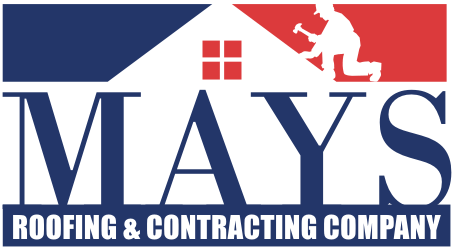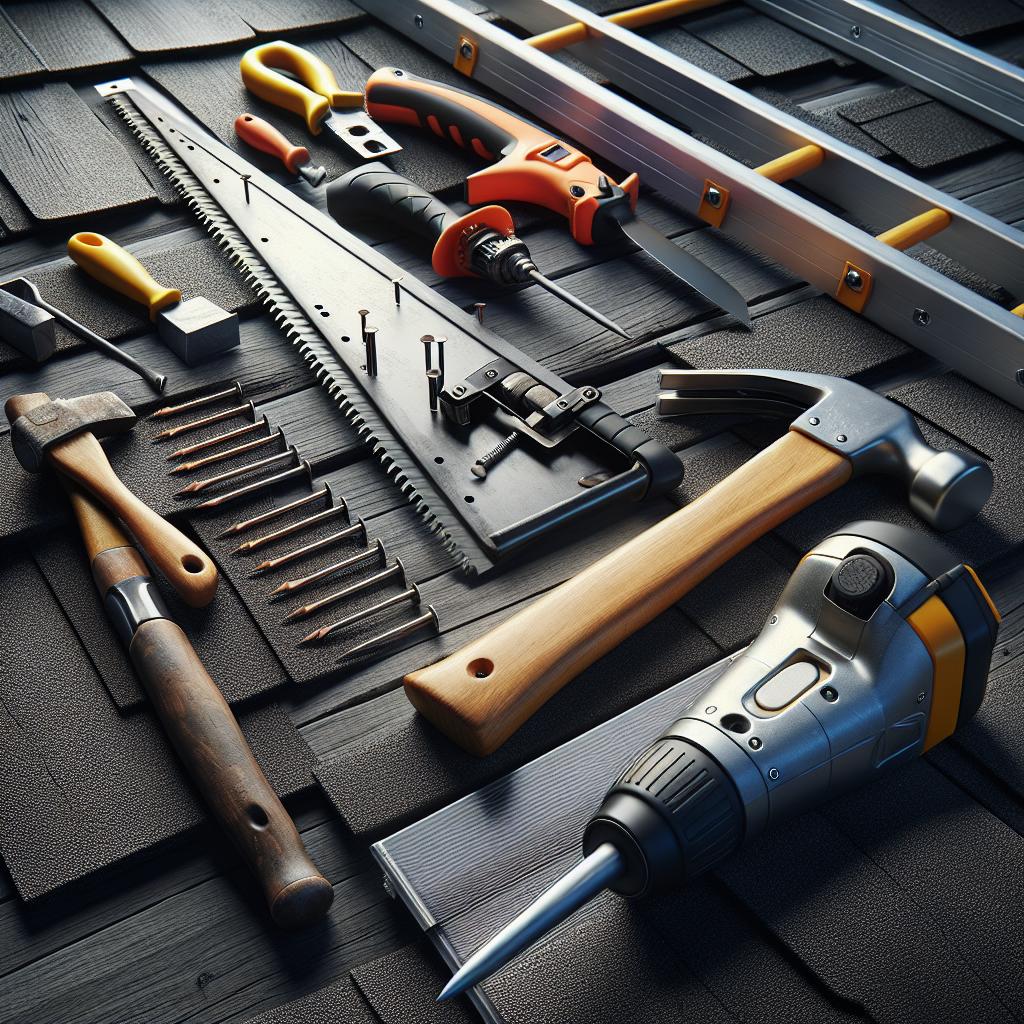What Tools Do You Need for a Successful Roof Replacement Project?
Replacing a roof is a significant investment in a home’s longevity and aesthetics. It requires careful planning, skilled labor, and the right selection of tools. This guide details the essential tools you need for a successful roof replacement project. Understanding these tools can streamline your efforts and enhance the quality of your work.
Basic Safety Equipment
Before diving into the specific tools, it is critical to emphasize the importance of safety. Safety equipment safeguards against potential risks during the roof replacement process. Here is a list of necessary safety gear:
- Helmet: Protects against falling debris.
- Safety goggles: Shields eyes from dust and sharp materials.
- Gloves: Prevents cuts from sharp tools and roofing materials.
- Fall protection harness: Important for preventing falls from heights.
- Non-slip footwear: Ensures stability on steep roofs.
Essential Hand Tools
Hand tools remain indispensable in roofing projects, despite advances in technology. Here are the primary hand tools needed for a roof replacement:
1. Roofing Hammer
A roofing hammer is a multifunctional tool that combines a hammer and a claw for prying up old shingles. A standard weight of 20 ounces is optimal for most roofing tasks.
2. Utility Knife
This sharp, retractable knife is crucial for cutting roofing materials such as shingles, underlayment, and flashing swiftly.
3. Pry Bar
Pry bars, or crowbars, are essential for removing old shingles and lifting tiles without causing damage to the rafters.
4. Measuring Tape
A reliable measuring tape is vital for accurate measurements of your roofing space, ensuring that you purchase the correct amount of materials.
5. Chalk Line
Using a chalk line helps create straight, visible lines as guides for laying shingles. This tool assists in maintaining symmetry and evenness across the roof.
Power Tools
Power tools can significantly increase efficiency in roof replacement projects. Here’s a list of power tools to consider:
1. Power Nail Gun
A power nail gun, particularly a roofing nailer, is invaluable for quickly and efficiently securing shingles. It minimizes the risk of improper placement while saving time.
2. Circular Saw
A circular saw is useful for cutting roof panels or plywood sheathing rapidly, making it critical for roof repairs.
3. Reciprocating Saw
This tool is helpful for demolishing and removing old roofing materials, making the deconstruction process smoother.
4. Drill/Driver
A battery-operated drill is essential for making pilot holes and driving screws. Opt for a model with clutch settings to prevent over-penetration.
Material-Specific Tools
Different roofing materials require specialized tools for installation. Here are some examples based on common roofing types:
Asphalt Shingles
- Shingle Cutter: This tool provides clean cuts to asphalt shingles, ensuring they fit appropriately.
- Shingle Gauge: This helps maintain uniform exposure when layering shingles.
Metal Roofing
- Metal Snips: These are necessary for cutting metal panels accurately and safely.
- Metal Brake: Essential for bending and shaping metal for flashing and ridges.
Tile Roofing
- Trowel: Required for applying mortar or adhesive as needed.
- Tile Cutter: Designed to make precise cuts in ceramic or fired clay tiles.
Additional Equipment
Aside from typical hand and power tools, other equipment can facilitate a roof replacement project:
1. Ladder
A sturdy, extendable ladder is essential for accessing the roof safely. Ensure that it is rated for at least the height you need.
2. Scaffold
In some cases, scaffolding provides a safer and more stable work platform, especially on steep or expansive roofs.
3. Tarps or Drop Cloths
Using tarps can protect landscaping and prevent debris from causing damage to surrounding areas. Drop cloths allow for easy cleanup.
4. Trash Bags or Containers
Having designated containers for scrap materials helps maintain a clean work site. Proper disposal of debris is vital for site safety.
Planning and Preparation Tools
Comprehensive planning is crucial for a successful roof replacement. Here are tools to assist in the planning stages:
1. Digital Measuring Tools
Using digital measuring tools ensures precise measurements, reducing material waste and improving overall accuracy.
2. Project Management Software
This software can assist in planning timelines, costs, and resource allocation, making the project more efficient.
Conclusion
Embarking on a roof replacement project requires careful preparation and the right tools. Each tool serves a distinct purpose, enhancing efficiency, improving safety, and ensuring a high-quality finish. Properly equipping yourself with the tools mentioned in this guide can lead to a successful roof replacement, safeguarding your home against the elements for years to come.





 Mays Contracting
Mays Contracting

